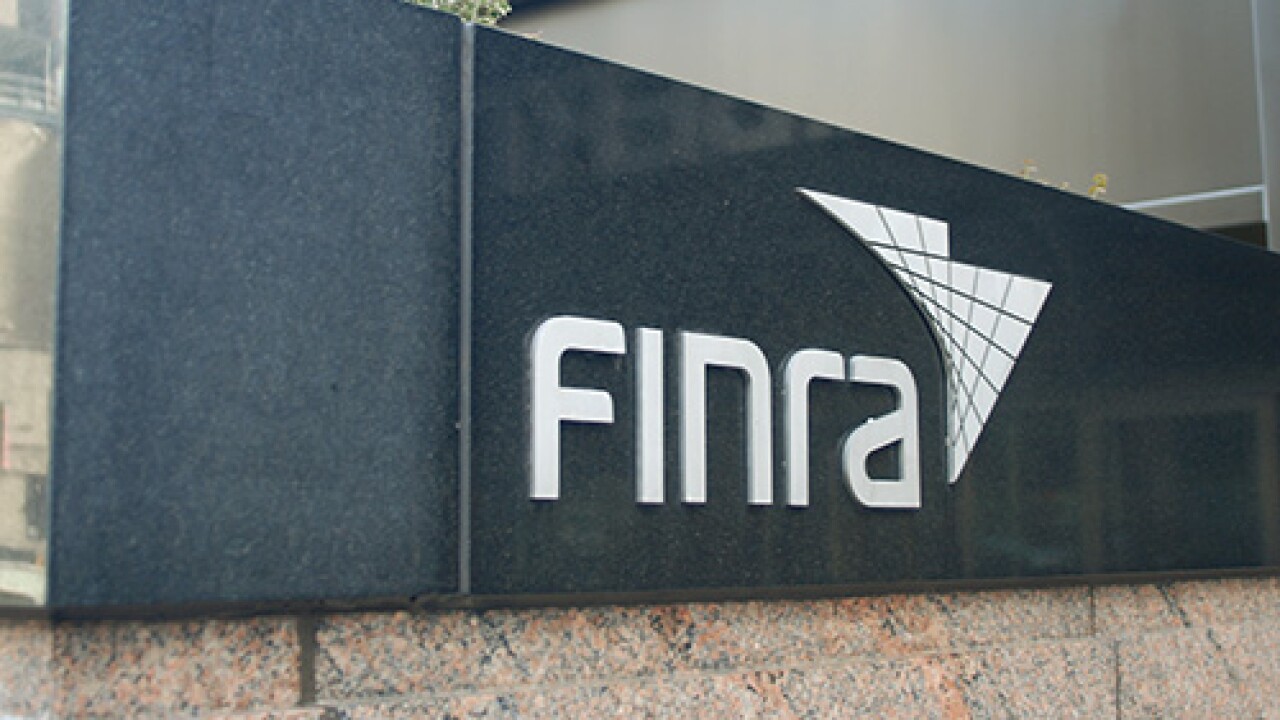Turning a sour experience into lemonade, MasterCard International has filed an application for a patent on the newly designed hologram for its debit cards, it said Monday.
The parameters of the new design, which was introduced in October, were established under MasterCard's late-April settlement with the class of merchants in the Wal-Mart case, which had sued MasterCard and Visa U.S.A. over debit acceptance fees and policies.
The retailers specified that both companies had to make sure that cards indicated prominently that they were debit cards, not credit cards, so that merchants and cardholders could distinguish them more easily. Come Jan. 1, the "honor all cards" requirement will be lifted and merchants can drop either credit cards or debit cards as a payment category, though so far none have said they will do so.
The rationale that MasterCard gives for trying to get the new hologram patented harks back to its and Visa's early roles as acceptance marks for credit cards. The holograms were introduced later as security features, but MasterCard said the design changes to its Debit MasterCard hologram are meant as a reminder of its debit function.
In other words, the hologram does double duty as a security feature and a debit acceptance mark. A MasterCard press release stated, "Thanks to MasterCard's inventive design, future development of similar hologram solutions to identify payment devices is now possible."
The design includes the word "Debit" in italic type about 14 points (roughly one-fifth of an inch) tall, contrasted against a hologram background including two interlocking spheres. Previously those spheres were interlocking circles depicting the Earth's hemispheres. The word "Debit" is offset by a drop shadow, which increases its visibility. The area of the hologram around the spheres features a repetition of the words "Debit MasterCard."
The design does not affect Maestro, MasterCard International's PIN-based debit brand, which is prevalent in Europe. Nor will it apply to Debit MasterCard BusinessCard programs.
"We have delivered an elegant and innovative design to not only satisfy the 'clear and conspicuous' settlement term but also preserve the built-in consumer familiarity and brand integrity of existing MasterCard member debit programs," a MasterCard spokesman wrote in an online interview.
Since October, MasterCard banks have been allowed to issue cards with the new design, and "it will likely only be a matter of weeks before initial cards show up in the market," the spokesman wrote.
Visa's new design features the word "debit" in capital letters above Visa's flying bird hologram. Under Visa's settlement agreement, "debit" must be in type at least 11 points tall. Visa said it will not seek a patent for its design.
Some card industry executives have expressed reservations that the prominent debit label may invite fraud, but MasterCard said its zero-liability antifraud program remains in effect.
"Using a PIN at the point of sale may identify debit transactions, but clearly consumers continue to choose the [debit] option," the spokesman wrote. He said some consumers may be more comfortable signing the receipt, as in standard credit card transactions.





